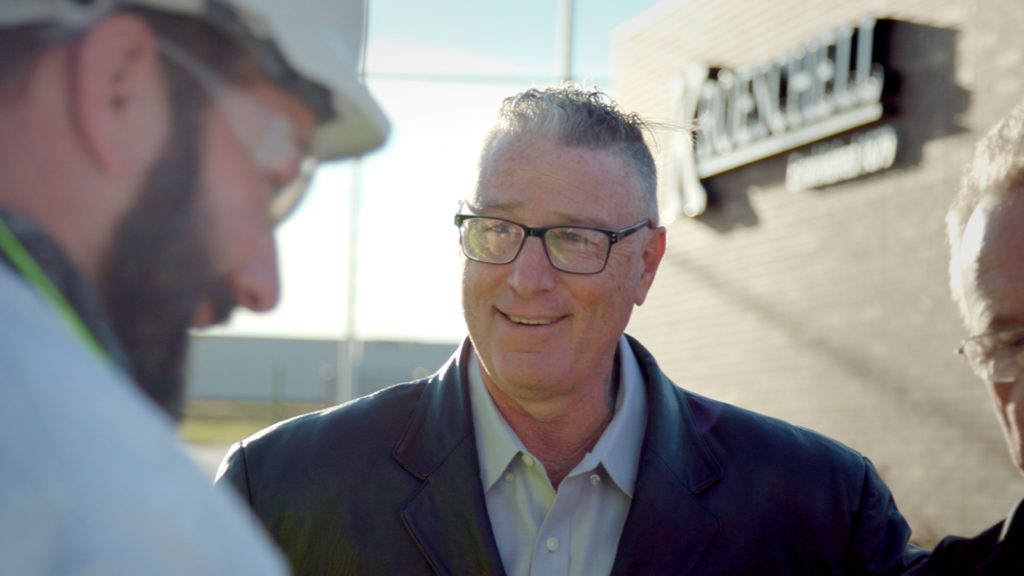The Benefits of Sustainable HVAC Systems
Universities are responsible for molding the minds of future generations, so it’s important that they understand the need for sustainability and reducing environmental impact for the sake of those students. HVAC systems are an ideal starting point for sustainability initiatives. The U.S. Energy Information Administration (EIA) 2020 report explains that air conditioning accounts for almost 1/5 of annual U.S. residential electricity use.
Excessive energy usage hurts the ozone layer, our protection from the sun. But institutions have the opportunity to make changes that will reduce their environmental impact. Energy efficiency planning, renewable energy sources, reduced energy consumption, and reduced carbon emissions are just the beginning of small building changes that can have a major impact.
Sustainable HVAC Solutions
Because heating, ventilation, and air conditioning (HVAC) systems are responsible for so much energy consumption in higher education, your HVAC impacts your operations more than you might think.
A poor HVAC system could:
- overconsume energy use
- reduce indoor air quality
- increase energy bills
- reduce airflow, leading to reduced system performance
- increase greenhouse gases through carbon emissions
But, with an updated HVAC system that puts sustainability first, your higher education facilities will see:
- improved energy costs
- better thermal comfort
- create healthy environments with better indoor air quality
- Increased productivity for students and faculty
The school’s physical environment has a bigger impact than many of its leaders might realize.
You don’t need to build a new building to feel the positive impact of new HVAC. Kroeschell works with many universities to improve their HVAC systems, so they can feel the impact of sustainability on their people, profit, and the planet.
Download our ventilation guide!
What is the most sustainable HVAC system?
Geothermal
Geothermal energy uses the hot water and steam already in the Earth. A Geothermal system uses heat pumps to tap into this underground energy. The heat pump cools school facilities in the summer and heats them in the winter. The heat pump has a fluid (water or refrigerant) that absorbs the Earth’s heat from beneath the ground and brings it into the building.
Solar Power
Universities have plenty of roof space. Attach solar cells to the roof, and the photovoltaic materials convert the sun’s energy into electricity. Another option is passive solar energy. Passive solar uses the building’s walls, windows, and floors to absorb the sun’s energy. However, passive solar requires south-facing windows to work, so consider that when choosing active or passive solar options.
Biomass
Biomass uses renewable organic materials like plants and wood, to produce energy. These living sources absorb energy from the sun and biomass uses that energy to heat and cool buildings. In recent years, Wisconsin schools moved to biomass and reduced their energy bills by 29%-57%.
Hydronic Heating
If you’ve lived in buildings built in the 50s or earlier, you have seen hydronic heating at work with radiators. Today’s hydronic heating doesn’t just heat through radiators. Instead, the hot water is piped through tubes under the floors or baseboards. Hydronic heating works through convection, conduction, and radiation.
- Convection: The movement of hot fluid rising and cold fluid sinking.
- Conduction: Heat energy moves from object to object.
- Radiation: Electromagnetic waves transfer heat.

Biodiesel
Biodiesel is renewable and clean-burning. Biodiesel is an oil alternative that reduces pollutants, reducing greenhouse gases and carbon emissions. It’s produced from energy crops like wheat or corn.
Learn how Kroeschell helped the University of Illinois Medical Center improve its HVAC.
Opportunities for Sustainability in Facilities
School buildings have an opportunity to invest in sustainable practices that will reduce carbon emissions and energy bills, and provide a positive example and learning opportunity for students.
Find out how Kroeschell can help your university become more sustainable with improved HVAC systems.


